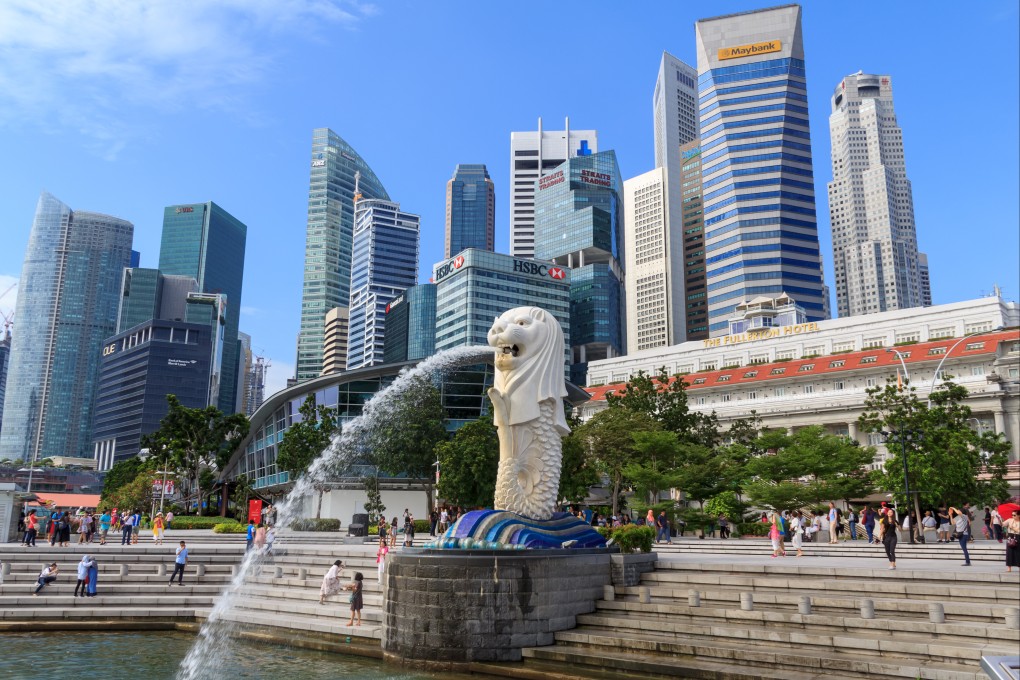Southeast Asia’s digital economy drives private capital interest, but few exit deals threaten region’s attractiveness
- Economic growth and ‘de-risking’ from China are driving investors to Southeast Asia, but just four companies accounted for nearly half of exit values since 2015
- Singapore has seen an influx of family offices and generated nearly 6,000 PE and VC deals from 2015 through 2023

The Southeast Asia market has become increasingly attractive for private capital investments in recent years, owing to the region’s economic growth and investors hedging against China amid geopolitical tensions, according to data service provider PitchBook.
From 2015 to 2021, private capital deals that include private equity (PE) and venture capital (VC) investments more than tripled in the region, from 629 deals to 1,935 deals, and reached US$34.1 billion in deal value by the end of 2022, according to a report published by PitchBook on Wednesday.
The surge in the region’s private investment market comes amid robust economic growth in the region. From 2015 to 2023, Southeast Asia’s gross domestic product (GDP) has grown more than 56 per cent, from US$2.5 trillion to US$3.9 trillion, according to data from the International Monetary Fund.
Investor interest also comes from the region’s relatively young, growing population and nascent technology ecosystems.
The median age of Southeast Asia’s nearly 700 million people is under 30 years old, nearly a decade younger than China and the US, and two decades younger than Japan.